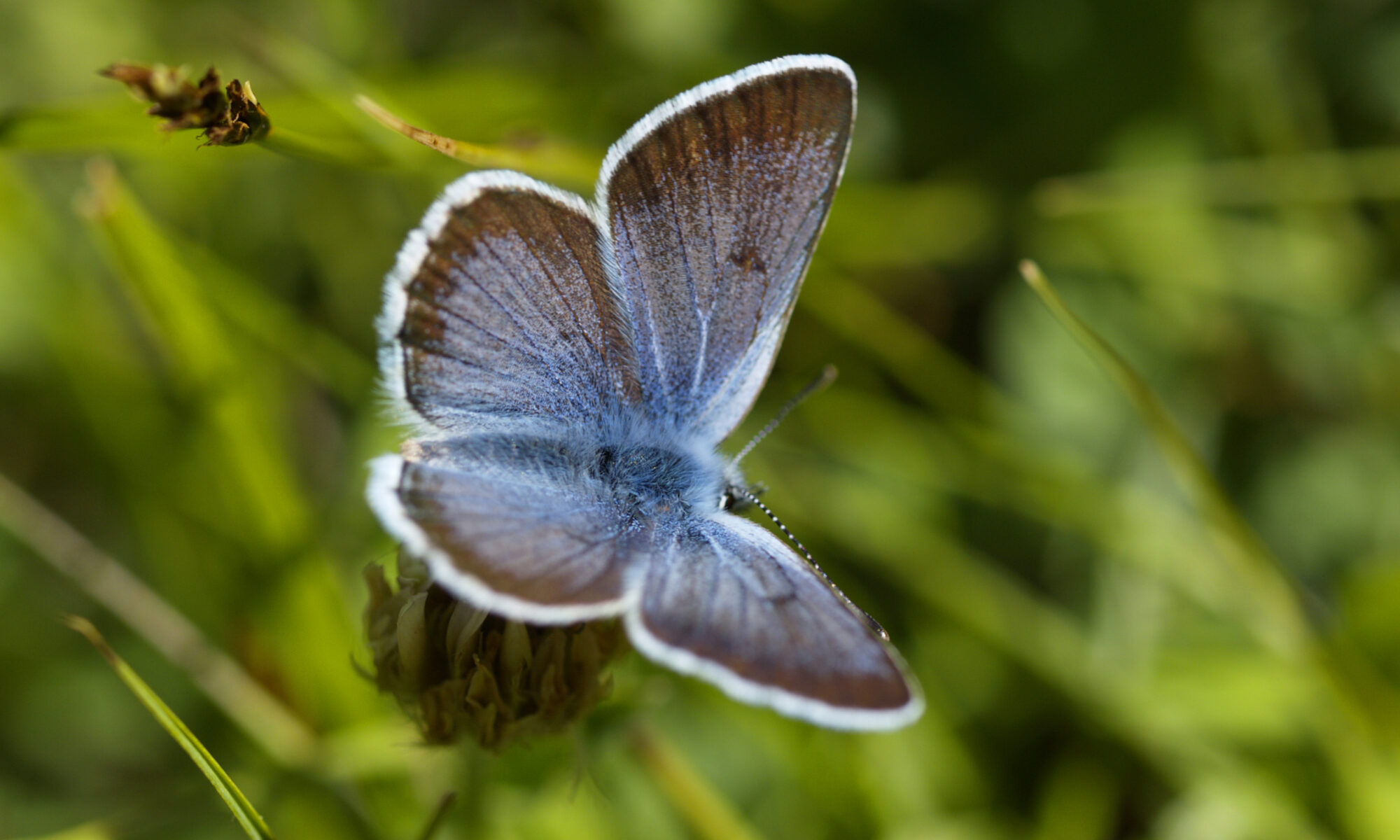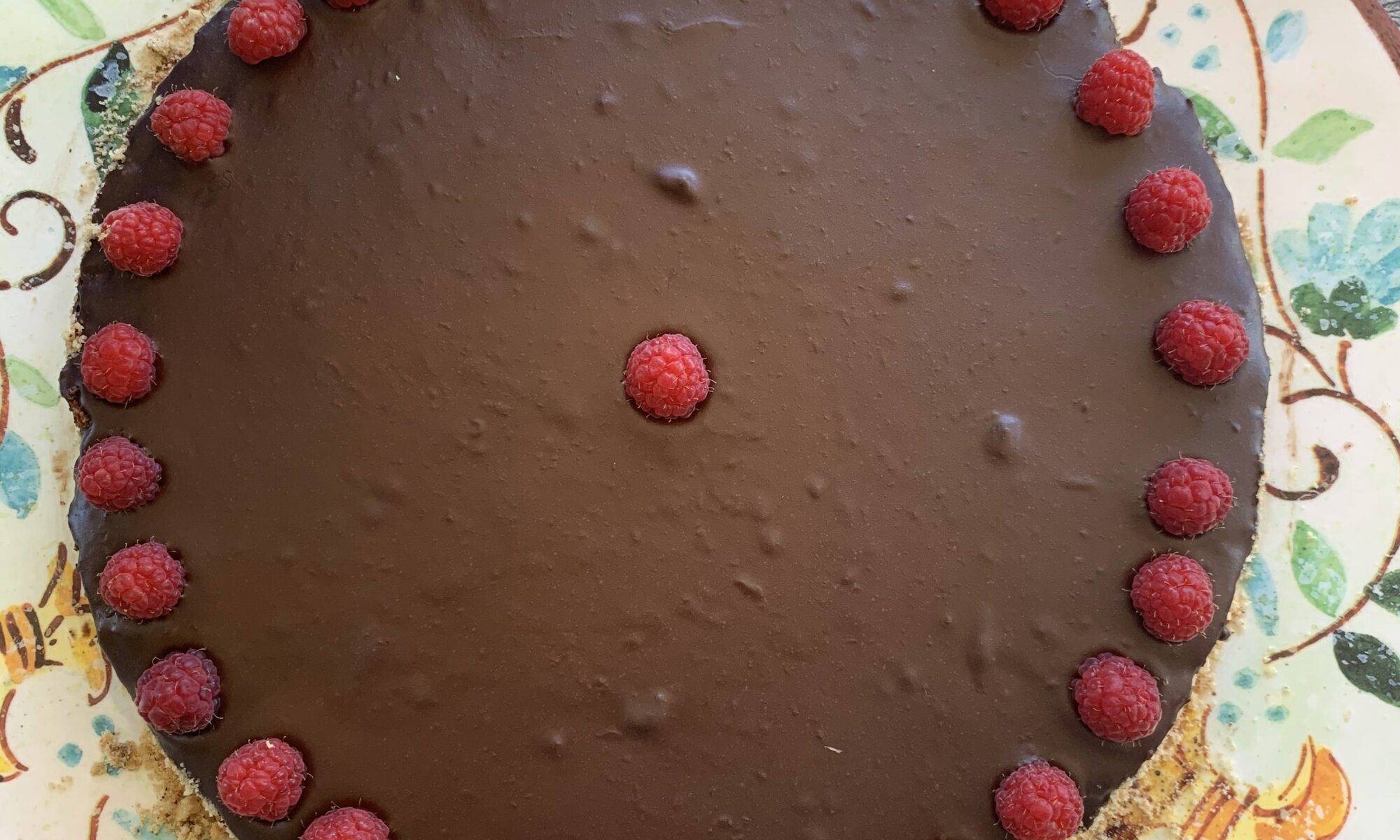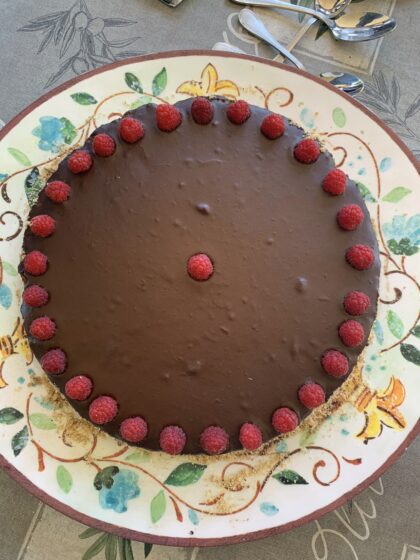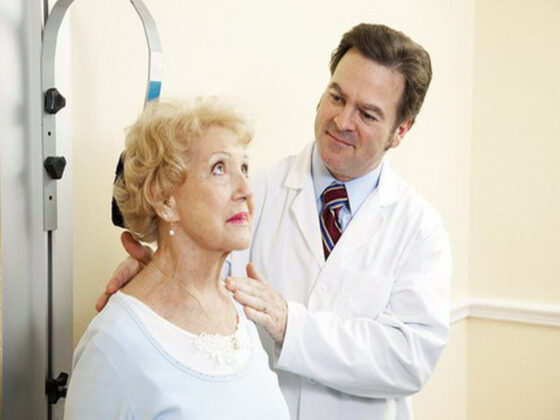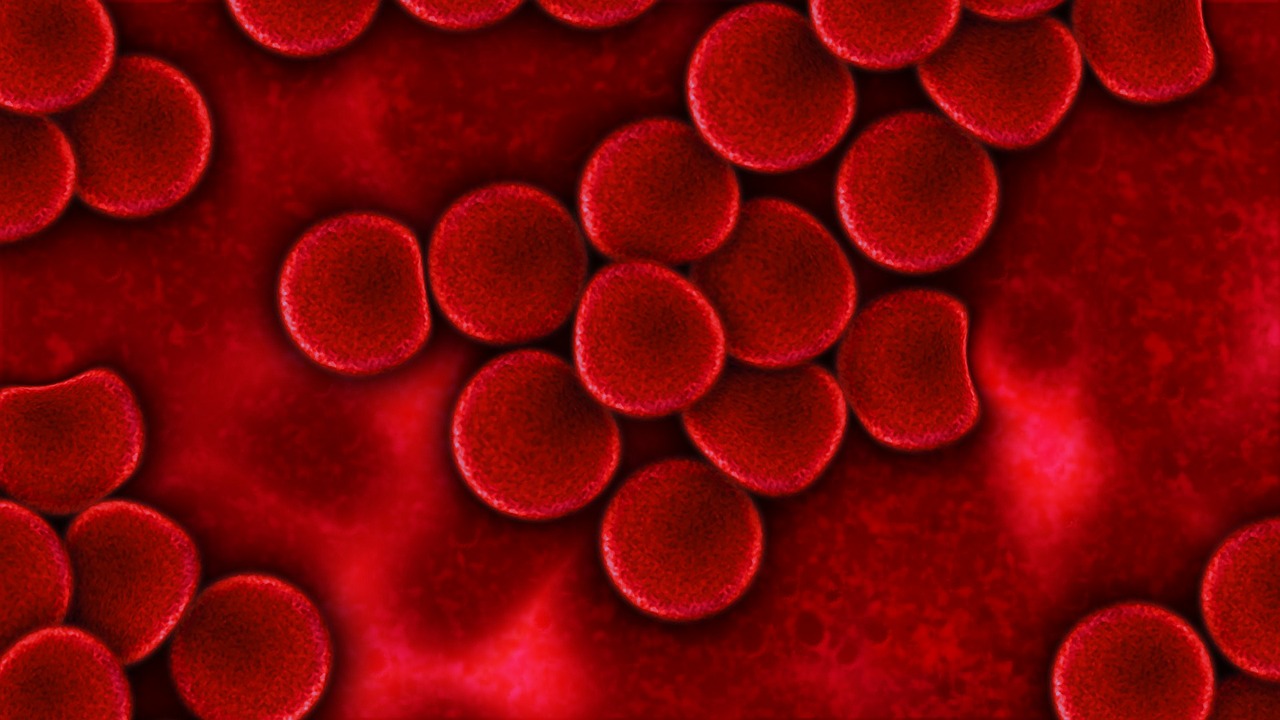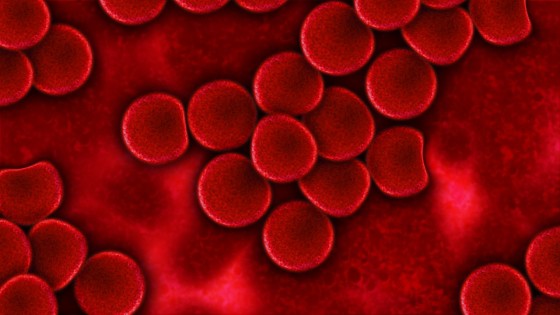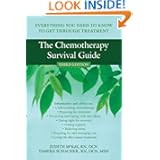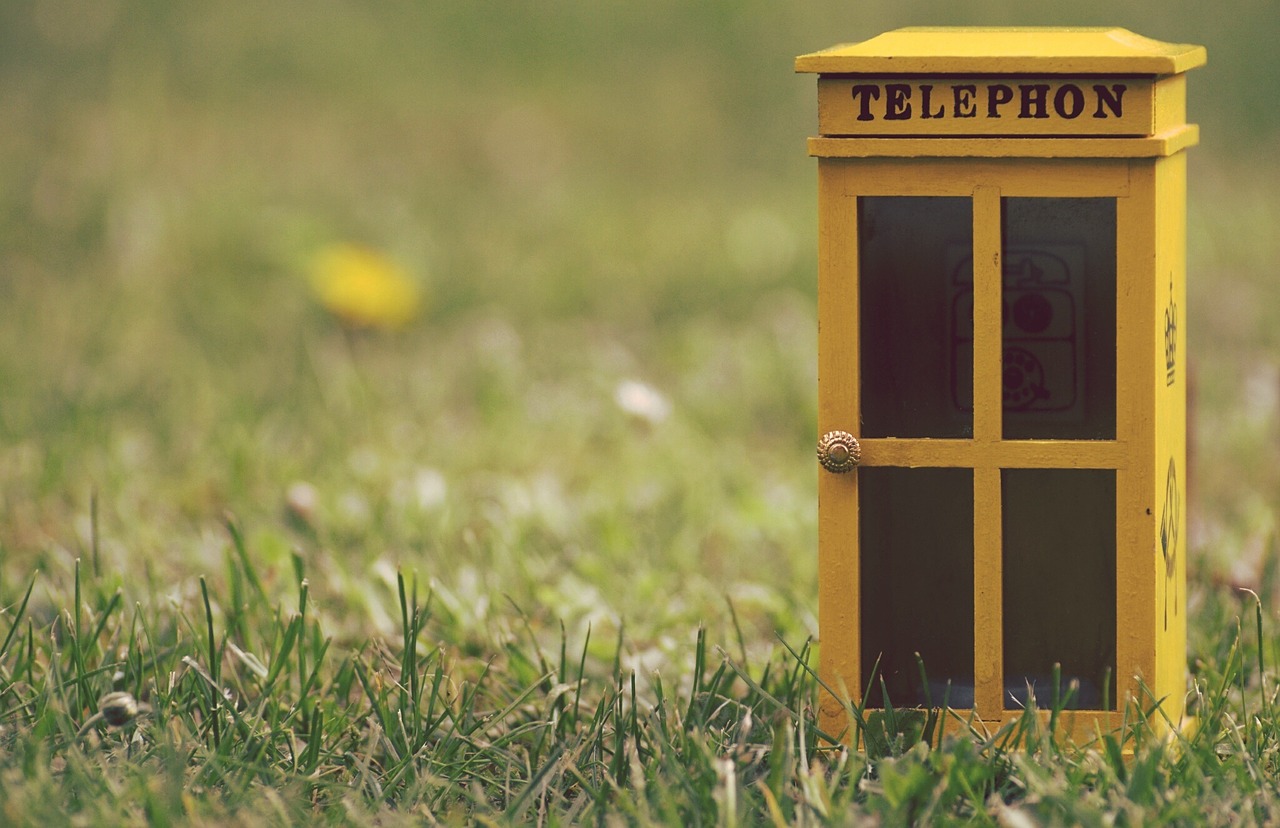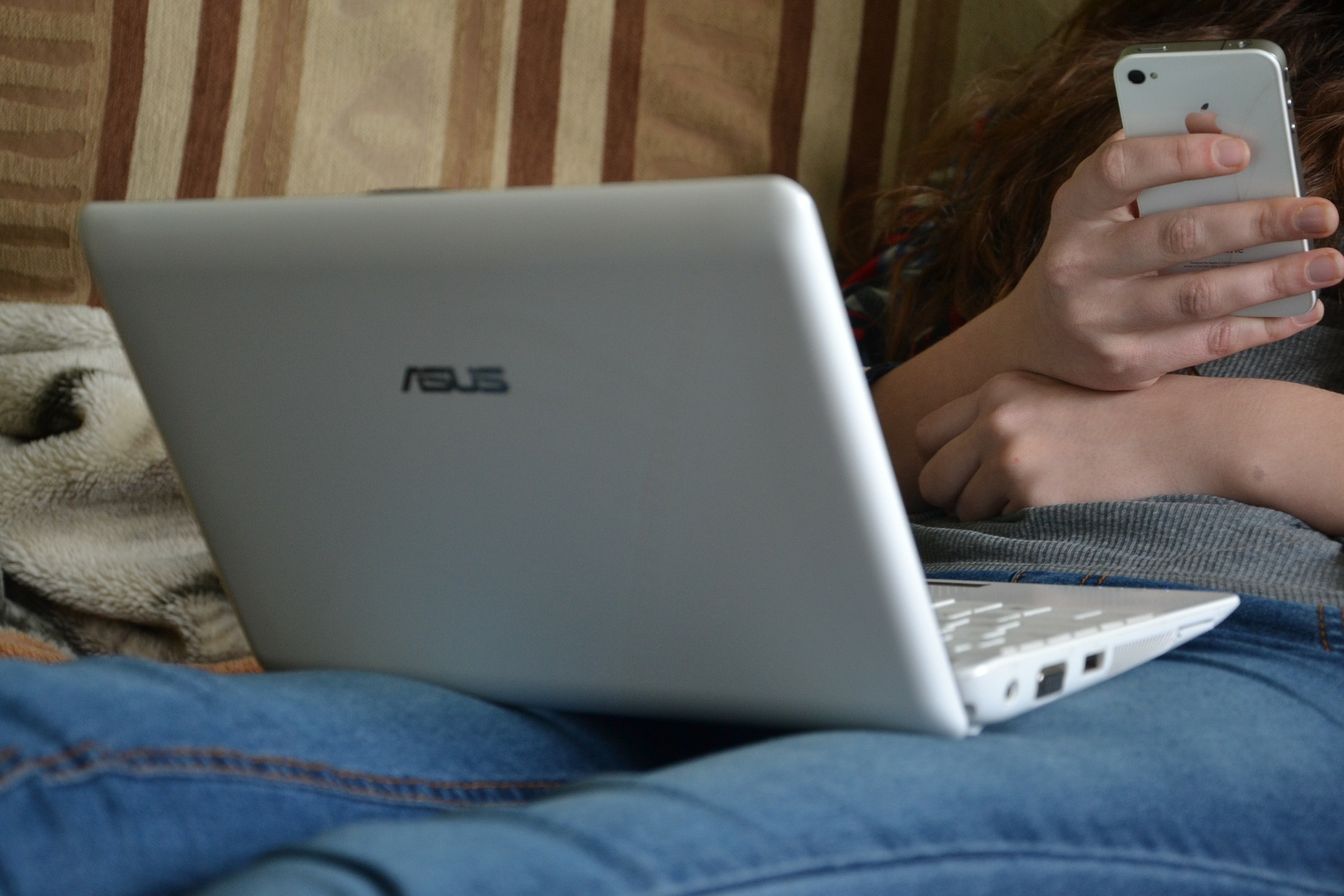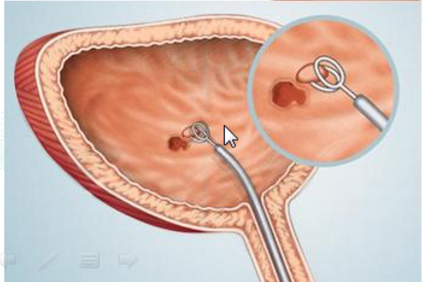January 29, 1997 – Radical Is As Radical Does!
Around noon on this day, I received a phone call from Dr. Neuwirth. He wanted to see me in his office at 5:00 P. M. that afternoon. He also told me that I had a bladder cancer and that he needed to explain to me all of my options.
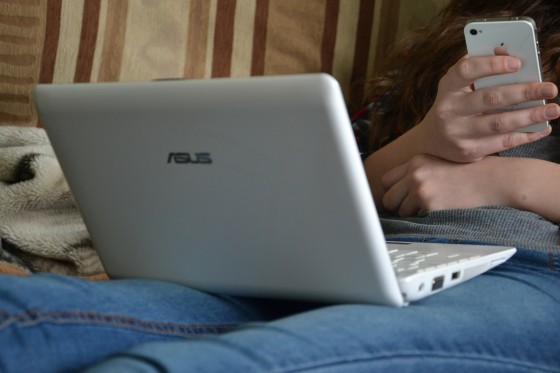
Instead of panicking, I immediately started a search on the World Wide Web for “bladder cancer.” I found many references and lots of good sites. I printed off several of them to take with me to Dr. Neuwirth’s office. These included Bladder Cancer, Understanding Bladder Cancer, MedicineNet’s Bladder Cancer, and About Bard BTA Test. Of these, the first turned out to be the most useful because of the way it talks about treatment by stage of bladder cancer.
We brought R. D., the father of a childhood friend of my wife, and Dr. Rossman to the meeting with Dr. Neuwirth to help us remember the conversation and all that we said. It is always a good idea to take people you trust so that they can bear witness to your conversation and possibly hear things that you can’t because of your emotional involvement with the case.
Dr. Neuwirth started to explain the “stage” and “grade” of the tumor based on a preliminary verbal report from the pathologist. Once he said “T2,” I dropped the Bladder Cancer paper pointing to the section on T2-4 tumors. His jaw practically fell to his desk! He said, “I wouldn’t put it that bluntly, but that’s basically what we have here!” He also mentioned that I had some carcinoma in situ and a bit of dysplasia, which are abnormal cells. Later, we found out that I also had some atypia cells from Dr. Torigoe (see below).
He proceeded to explain the ins and outs of the medical alternatives for treatment of stage two bladder cancer. The choices were basically
- Cystectomy – partial or radical
- Radiation
- Chemotherapy
Dr. Neuwirth, being a surgeon, naturally recommended radical cystectomy. We asked him all of the questions in Appendix 1.
My son was born on January 29, 1969. Today he was 28 years old. It’s funny how life is. I had to give him the bad news on his birthday. On March 7, 9, 14, and 16 he was scheduled to have a leading role in La Boheme, as Marcello. I wanted to see him perform and didn’t want any disabling therapy to begin before I had a chance to see him.
That night, we spoke with Dr. Sara Huang, a radiation oncologist at St. Mary’s Hospital in San Francisco. She has long been a friend of the family and was devastated by the news. She mentioned that the “Gold Standard” of treatment for bladder cancer was radical cystectomy. However, she had some hopeful information about the possibility of chemotherapy used in conjunction with radiation therapy and recommend that we consult Dr. Wayne Torigoe at Marin General.


